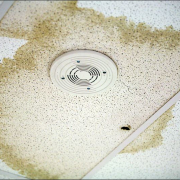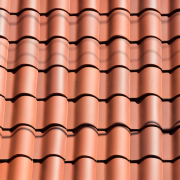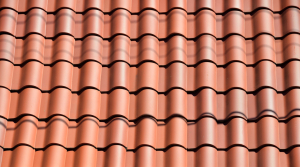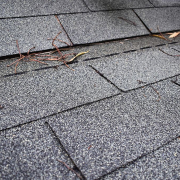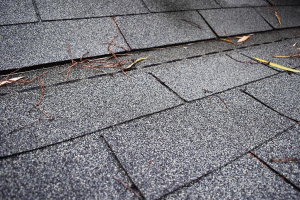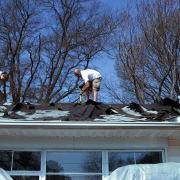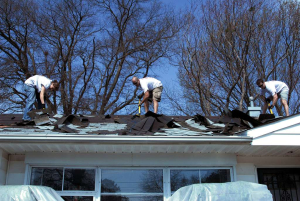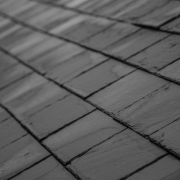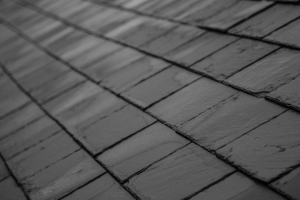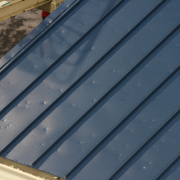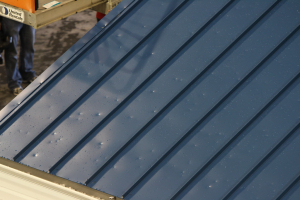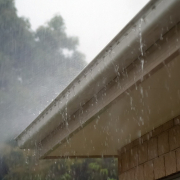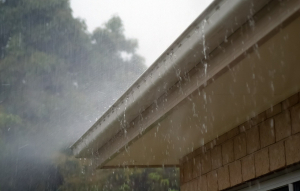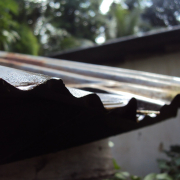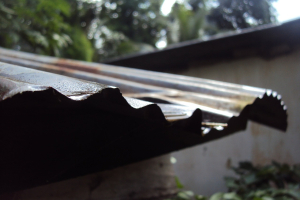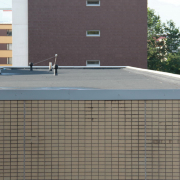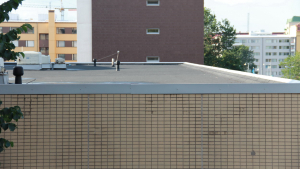Small Brown Spots on Ceiling
Small Brown Spots on Ceiling
It doesn’t matter if you are putting in a brand new roof for your commercial or residential property or are just taking care and doing maintenance on an existing structure, the important thing is that you identify and address any issues with the roof. Most of the time, homeowners and business owners are left unaware of the damage to their roof until they actually begin to see signs of damage around the building. Unfortunately, when these signs appear, the problem has likely been there for a while.
Some of the major signs of damage on your roof include roof leaks and brown spots. When you start to notice puddles forming on your floor due to roof damage or if there are any small brown spots forming on your ceiling, it is best to get an expert roofer to inspect your roof as soon as possible.
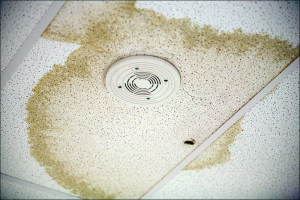
At Waddle Exteriors, we take pride in the new roofs we install and the maintenance we provide for our customers and their residential homes, and commercial, industrial and manufacturing buildings.
We have a team readily available to answer many questions from home and business owners. One question we often get is, “What are these brown spots on my ceiling?”
WHAT ARE BROWN SPOTS ON MY CEILING?
These brown spots or patches that you can find on your ceiling are known as water stains. These water stains are caused from a leak above it which could be caused by different things. One of the reasons could be a faulty pipe system, damage to a roof, or others.
Below are just some of the most common causes of these water stains.
COMMON CAUSES OF WATER STAINS
In order to really know what is causing the water stains, inspecting your roof is necessary. There are many different reasons and, although common, the main cause could be something completely different from what most people might expect. Getting someone to check on it is a necessary step prior to applying any fixes to ensure that you and your roofer are targeting the main cause of the problem.
Roof Vent or Skylight Problem
Roofs with accessories, such as skylights, air vents, plumbing vents and more, tend to form water stains because in order to accommodate these units, roofers need to fit and cut roofing materials to fit around these units. Along these areas, there is no seamless roofing materials. Thus, these areas are very vulnerable to leaks and water seeping through. If your roof has a vent or skylight installed and the spots are forming near that area, there is a high chance that the sides of the vent or skylight were not sealed properly. In order to fix this, getting a roofer to fit and secure these units, as well as making sure that the surrounding roofing material has been sealed properly will lessen the chances of water stains from forming again.
Faulty HVAC Units
There are actually different ways through which HVAC units can cause issues. One is when the HVAC unit is not installed properly while another is when water is leaking directly from the HVAC unit. Similar to how water stains around vents and skylights are often caused by problems from these units, when small brown spots form near the HVAC unit or directly below it, chances are likely that this is the cause. The best course of action is to contact your roofer and HVAC contractor to check on the roof and the unit itself. There might be a need to repair the HVAC unit as well.
Leaking Pipes
Water stains are not always caused by a damaged roof, as proven by the previous causes listed above. When there is a problem with your plumbing, these leaking pipes will likely cause water stains to form. The pipes can slowly drip water until a stain appears. Pipes can be prone to leaks when they are aged and withstand extreme changes in temperature.
Roof Flashing Failure
Roof flashing refers to pieces of metal which are installed along areas of the roof where two adjacent areas come together. The main purpose of roof flashing is to create a secure barrier that prevents water from seeping into the roof. This vulnerable area is at a high risk of leaking.
If there’s a failure with your flashings, water may be able to leak not only through your roof, but you’ll often see water stains down walls as well.
The best way to fix a water stain is to address the problem as soon as you notice it. The smaller the stain, the higher the chance of repairing it and fixing the cause. A major mistake would be to fix the stain without addressing the cause. In this case, the stain would disappear but will eventually just come back. On top of that, there might be even more damage that will occur in the long run.
The extent of your repair depends on the amount of damage your facility has sustained. Hopefully, you caught the problem early and took action.

